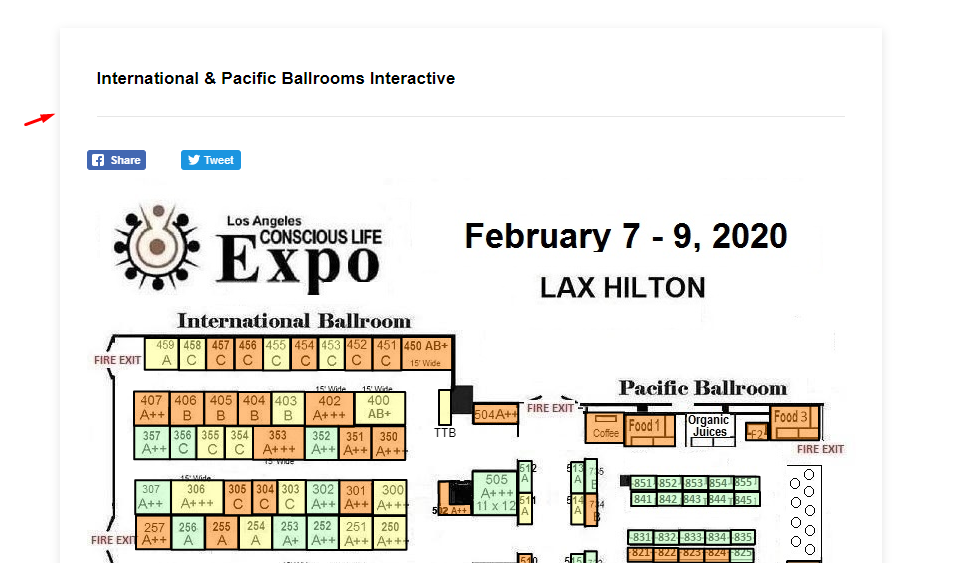

By default, an amp-iframe is sandboxed (see details).The iframe must be either 600 px away from the top or not within the first 75% of the viewport when scrolled to the top, whichever is smaller. An amp-iframe may not appear close to the top of the document (except for iframes that use placeholder as described below).amp-iframe has several important differences from vanilla iframes that areĭesigned to make it more secure and avoid AMP files that are dominated by a The value yes gives scrollbars at all times, and the value no suppresses scrollbars-even when they are needed to see all the content.Amp-iframe Using the AMP URL API AMP for E-Commerce Getting Started Payments in AMP Copy Button Custom Loading Indicators Integrating Videos in AMP an Overview Video Carousels with amp-carousel News Article External User Consent Flow amp-analytics Housing Usageĭisplays an AMP valid iframe. The default value, auto, generates scrollbars only when necessary. The SCROLLING attribute specifies whether scrollbars are provided for the inline frame. The value must be a non-negative integer. The MARGINWIDTH and MARGINHEIGHT attributes define the number of pixels to use as the left/right margins and top/bottom margins, respectively, within the inline frame. The vertical-align and float properties of Cascading Style Sheets provide more flexible methods of aligning inline frames. To place content below the frame, use as appropriate. The other ALIGN values, left and right, specify a floating frame the frame is placed at the left or right margin and content flows around it. To center the frame horizontally on the page, place the frame in a centered block, e.g.,

The values top, middle, and bottom specify the frame's position with respect to surrounding content on its left and right.ĪLIGN=middle aligns the vertical center of the frame with the current baseline. The ALIGN attribute specifies the alignment of the inline frame.

Style sheets allow greater flexibility in suggesting the border presentation. The default value of 1 results in a border while a value of 0 suppresses the border. The FRAMEBORDER attribute specifies whether or not a border should be drawn. The WIDTH and HEIGHT attributes specify the dimensions of the inline frame in pixels or as a percentage of the available space. Note that LONGDESC describes the frame content while the content of the IFRAME element acts as a replacement when the external resource cannot be inlined.
IFRAME BORDER FULL
This is particularly useful for full descriptions of embedded objects. The LONGDESC attribute gives the URI of a long description of the frame's contents.

For example, an IFRAME within an H1 cannot contain an H2, but an IFRAME within a DIV can contain any block-level elements. The content may consist of inline or block-level elements, though any block-level elements must be allowed inside the containing element of IFRAME. The content of the IFRAME element is used as an alternative for browsers that are not configured to show or do not support inline frames. The optional NAME attribute specifies the name of the inline frame, allowing links to target the frame. IFRAME's SRC attribute provides the location of the frame content-typically an HTML document. However, OBJECT is included in HTML 4 Strict while IFRAME is not. One advantage of IFRAME is that it can act as a target for other links. IFRAME provides similar functionality to OBJECT. The IFRAME element defines an inline frame for the inclusion of external objects including other HTML documents. SCROLLING= (ability to scroll)īlock-level elements, inline elements except BUTTON.LONGDESC= URI (link to long description).IFRAME - Inline Frame IFRAME - Inline Frame Syntax


 0 kommentar(er)
0 kommentar(er)
